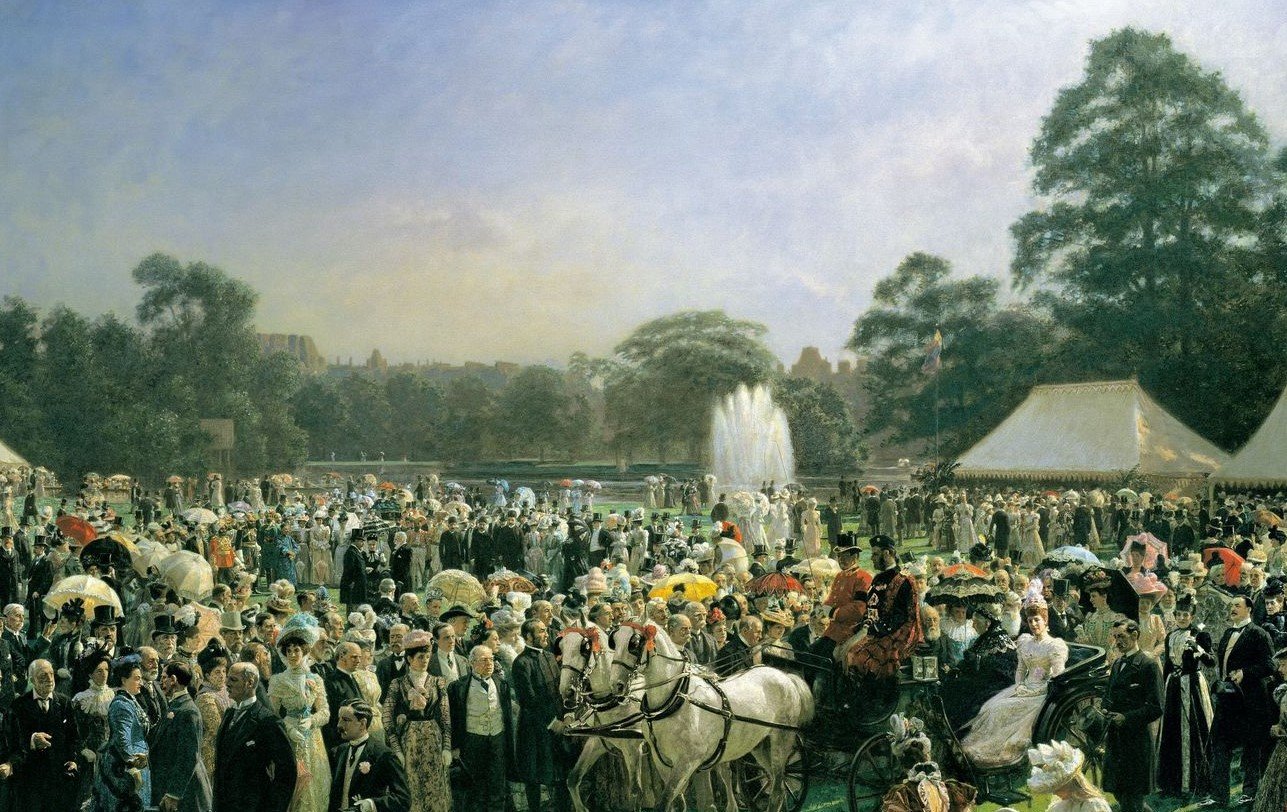
Royal Gardens
Depictions of the gardens at Windsor Castle and other royal residences
NEW FOUNTAIN & PRINCIPAL ENTRANCE TO HOLYROOD PALACE.
c. 1859RCIN 702903
In 1851 the Scottish sculptor Alexander Handyside Ritchie was commissioned to design a large statue of Queen Victoria to be placed in front of the palace. The finished statue, which commemorated the queen’s first visit to the Holyroodhouse in 1850, stood 20 feet high on its pedestal. The Scotsman was full of praise, describing it as ‘one of the most graceful statues of the The Queen’, but it met with a mixed reponse and in 1858 it was reported that the ‘somewhat ungainly statue of Her Majesty’ was to be replaced by ‘a quaint but magnificent fountain’, a copy of the sixteenth-century model at Linlithgow Palace, the birthplace of Mary, Queen of Scots. Matheson produced a design after studying the original which had been damaged by fire in the eighteenth century, and the queen gave her approval. The finished fountain, which still stands in the centre of the forecourt today, is of octagonal form with a crown spire supported by buttresses, ornamented with historical figures, including Queen Margaret and Mary, Queen of Scots, together with a soldiers, courtiers, musicians, a unicorn and heraldic emblems. The eight larger figures and one other were modelled in London by the sculptor John Thomas, and the remaining ones were carved locally by John Rhind, formerly assistant to Handyside Ritchie, under the supervision of the builders, Messrs. Beattie & Sons, and Matheson. The water for the fountain was supplied from the newly-built reservoir on Salisbury Crags and the total cost was £1400, paid for by Parliamentary Grant. By the time Queen Victoria arrived for her annual visit on 30 August 1859, a blustery day, ‘the beautiful new fountain there was put in play, the wind somewhat disturbed the flow of water’.







